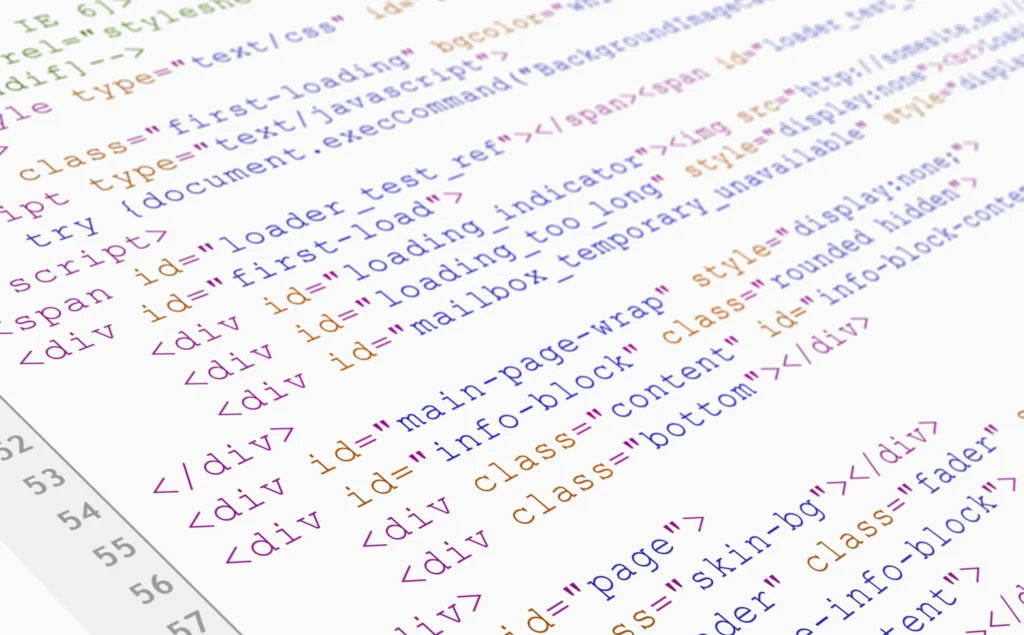In Brazil, companies seek to increase their sales through easy payment methods for their customers, which can be made in installments, with bills, checks or booklets.
With these payment options, the possibility arises for the company to anticipate receivables.
Have you ever heard about this term? Do you know how to do this financial action? And when is it worth making that choice?
To answer these questions and make it clear what prepayment of receivables is, we have prepared a complete content on the topic with everything you need to know to identify right now whether it is time to do it and what options are available for it. Check out!
What is prepayment of receivables?
The anticipation of receivables happens when a company has a series of amounts to receive in the future, coming mainly from credit card sales in installments, post-dated checks and bills, and requests this money in advance to increase its cash liquidity and promote a good financial health for the company.
Using the example of a food distributor, it is common for sales to be made in installments, with receipts arriving only months later. With the anticipation of receivables, the company can have this amount ahead of schedule to cover more urgent expenses , avoiding the accumulation of debts that would bring high interest rates.
As the name implies, it is the action of anticipating amounts that would only be paid in the future to the company's cash. It is the transformation of installment sales into cash on demand.
Based on the amount of receipts that businesses make monthly, the business owner can anticipate future receipts and obtain advances on receipts as a form of financing, to invest or pay other debts and expenses, all based on the forecast amount.
In general, anticipating the receipt of these amounts is a possibility for companies to adjust their expenses and investments over periods of possible scarcity in cash flow. The business owner can use this funding source to inject cash back into the business for future projects or expansion.
Advance receivables or loan?
As we have seen, prepayment of receivables may seem similar to a loan, with the difference that in this case the company would already have access to these amounts. In the loan, the company borrows an amount that will later be returned with interest rates.
But for businesses to get the money they need, it's easier to resort to advances on receivables than bank loans. Banks, traditionally more conservative, are less likely to release a loan, with several points in the process that generate bureaucracy to access these amounts.
Basically, each of these choices of value delivery solutions will have advantages and disadvantages. The most important thing at first is to understand the fee charged for each transaction .
Thinking about anticipating receivables, there are 2 main types of sale that can interfere with the fee charged so that you can make that choice:
- Short-term installment credit;
- Long-term installment credit.
For each of these options, the contracted company may charge a different fee and, generally, the longer the payment period, with several months left to have the amounts in cash, the greater the amount you will have to pay to obtain them. in advance.
How to prepay receivables?
We already understand how prepayment of receivables works and what are the differences between this option and the loan. But how to do this in practice?
In order to get an anticipation, you need to go through two steps first: determine how the company's financial health and choose the services that offer this anticipation option.
1. Analyze financial health to determine the amount you need to anticipate
In this first step, you need to have a global view of all your expected receipts to determine the exact amount you really need to anticipate
It can be difficult to draw quick conclusions, which is why organizing all your payment forecasts in one place is a necessary action, where you can see the total releases to be received by month, as well as the month-to-month record. of these entries.
With this information in hand, you already have a very good view of what you should receive and can make comparisons with your payables or amounts that are usually spent every month to see if you will need the anticipation.
Many companies use a Management ERP to carry out this control.
2. Find out about the services available for advances
As sales in installments by credit card, bills, checks or booklets represent the largest volume of installment sales in companies, there is the possibility of anticipating receivables by contacting the operators directly. The detail is that they usually have very different rates from each other, so it is worth doing a detailed research beforehand.
Some credit fintechs are also innovating in this market, using technology to anticipate receivables. But now it's techfins , which, as they are less bureaucratic, offer more chances of getting the amounts in advance in the account in less time.
But a good alternative is to look for solutions that connect to your management software layer of financial services directly connected to your transaction records.
When to prepay receivables?
When does the business owner need to make the decision to anticipate these expected receipts for the next few months? We can say that there are 3 main moments to make this choice:
When the cash flow forecast shows a positive scenario
Before considering a down payment, the business owner needs to look closely at the consistency of the receipts he is getting each month. Having this cash flow forecast is essential to know exactly what you need to anticipate and what you can wait to receive in the future.
When there is a possibility of investment that will boost sales
If in your planning it has already become clear that anticipating receipts at that time will help you invest in actions that will help increase your sales, and consequently increase the company's cash capacity, this is one of the moments to make that choice.
When interest rates are too low
It is very inviting for a company to take advantage of this type of opportunity after verifying that the interest charged for anticipation is very low compared to other times and other types of loan. This may be the best chance to settle debts and financial pending.
Now that you know everything about prepayment of receivables, keep following our blog so you don't miss any more news and tips on this topic!





